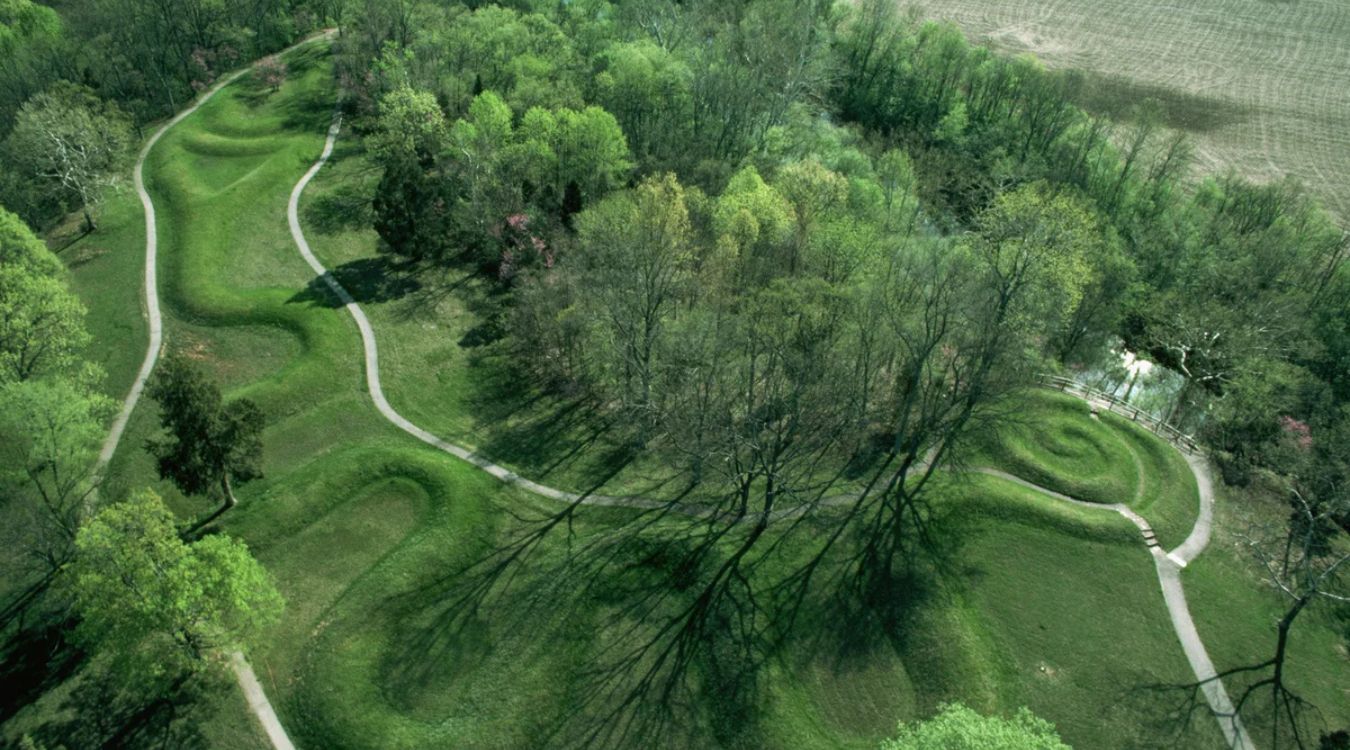Secrets Of Ohio’s Scioto Valley Burial Mounds

Have you ever wondered about the ancient secrets buried in Ohio's Scioto Valley? This region is home to some of the most fascinating burial mounds in North America. These mounds, built by the Adena and Hopewell cultures, are more than just piles of earth. They hold clues to the lives, beliefs, and practices of people who lived thousands of years ago. Imagine standing next to a mound that has stood the test of time, witnessing countless seasons and changes. From the famous Serpent Mound to the lesser-known Tremper Mound, each site offers a unique glimpse into the past. Ready to learn more about these incredible historical treasures? Let's dive in!
Secrets of Ohio's Scioto Valley Burial Mounds
Ohio's Scioto Valley is a treasure chest of ancient history. The region is dotted with mysterious burial mounds built by Native American cultures thousands of years ago. These mounds hold secrets waiting to be uncovered. Let's explore some of the most fascinating burial mounds in the Scioto Valley.
Mound City Group
The Mound City Group is a collection of 23 earthen mounds located near Chillicothe. These mounds were constructed by the Hopewell culture between 200 BCE and 500 CE. Each mound has its own unique shape and size, reflecting the complex social and religious practices of the Hopewell people.
- Mound 7: Known for its large size, Mound 7 is believed to have been a ceremonial center. Artifacts such as pottery, tools, and jewelry have been found here.
- Mound 13: This smaller mound contained numerous burial pits, each filled with intricate artifacts made from copper, mica, and shells.
- Mound 20: Unique for its rectangular shape, Mound 20 served as a platform for important rituals and gatherings.
Seip Earthworks
Seip Earthworks, located along Paint Creek, is another significant site. This complex includes a large, geometric earthwork and several burial mounds. The site offers a glimpse into the sophisticated engineering skills of the Hopewell culture.
- Seip-Pricer Mound: This massive mound is one of the largest in the Scioto Valley. Excavations have revealed elaborate burials with finely crafted artifacts.
- Seip-Conjoined Mound: As the name suggests, this mound consists of two connected mounds. It is believed to have been used for both burial and ceremonial purposes.
Hopewell Culture National Historical Park
This park encompasses several mound sites, each with its own unique features. The park provides an opportunity to learn about the Hopewell culture and its impressive earthworks.
- High Bank Works: This site features a series of circular and octagonal earthworks. The precise alignment of these structures suggests they were used for astronomical observations.
- Hopeton Earthworks: Located near the Scioto River, this site includes large, rectangular enclosures and smaller mounds. It is thought to have been a major ceremonial center.
Tremper Mound and Works
Tremper Mound, located near Portsmouth, is another intriguing site. This mound complex includes a large, crescent-shaped earthwork and several smaller mounds. The site has yielded a wealth of artifacts, providing insights into the daily lives and spiritual beliefs of the Hopewell people.
- Tremper Mound: The main mound at this site contained numerous burials, along with artifacts made from stone, bone, and shell.
- Tremper Earthworks: These earthworks include a series of ditches and embankments, possibly used for ceremonial or defensive purposes.
Harness Mound
Harness Mound, located near Chillicothe, is a large, conical mound that stands as a testament to the engineering prowess of the Hopewell culture. The mound has been partially excavated, revealing a complex structure with multiple layers of burials and artifacts.
- Harness Mound: This mound contained several burial chambers, each filled with finely crafted artifacts. The intricate construction of the mound suggests it was an important ceremonial site.
Spruce Hill Earthworks
Spruce Hill Earthworks, located in Ross County, is a unique site that combines natural and man-made features. The site includes a large, flat-topped hill surrounded by earthen walls and ditches. It is believed to have been a major ceremonial center for the Hopewell culture.
- Spruce Hill: The hilltop enclosure at this site offers stunning views of the surrounding landscape. Excavations have revealed evidence of large gatherings and ceremonial activities.
Conclusion
Ohio's Scioto Valley is a region rich in history and mystery. The burial mounds and earthworks left behind by the Hopewell culture offer a fascinating glimpse into the past. Each site holds its own unique secrets, waiting to be uncovered by those who seek to understand the ancient peoples who once called this valley home.
Discovering Ohio's Ancient Heritage
Ohio's Scioto Valley burial mounds offer a fascinating glimpse into ancient cultures. These mounds, built by the Adena and Hopewell peoples, reveal much about their lives, beliefs, and artistry. Visiting these sites, like the Mound City Group or Seip Earthworks, provides a unique opportunity to connect with history. The intricate designs and sheer scale of the mounds showcase the ingenuity and dedication of their builders. Exploring these ancient structures not only enriches our understanding of the past but also highlights the importance of preserving such treasures for future generations. Whether you're a history buff or just curious, the Scioto Valley burial mounds are a must-see. They remind us of the rich cultural heritage that lies beneath our feet, waiting to be uncovered and appreciated.

